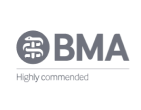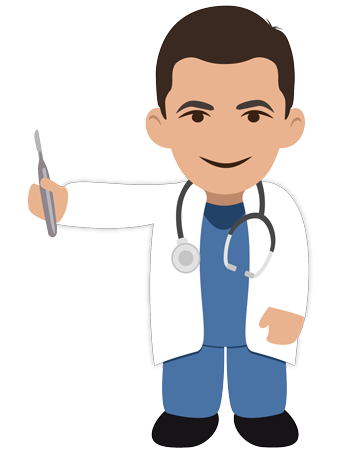How to reduce a jaw dislocation
Once you’ve diagnosed a dislocated jaw, you’ll have to decide if it’s safe to reduce the dislocation. The only contraindication to reduction is the presence of a fracture. If this is the case, you’ll need to consult a specialist.
What tools do you need to reduce a jaw dislocation?
There are a few tools you will need to reduce a jaw dislocation:
- Gauze
- A set of gloves
- An assistant
Procedure for reducing a jaw dislocation
Fortunately, you will not need sedatives or medication for this procedure:
- Have the patient sit on the ground with their head against the wall.
- Have your assistant steadily massage the masseter muscles (located at the back of the jaw bone). This is an important step for relaxing these muscle groups.
- Stand in front of your patient with your gloves on. Gently place a pad of gauze onto the patient’s lower molars to protect your fingers against sharp teeth.
- Push down and then forward on the lower teeth to place the jaw back into the temporomandibular joint. You will feel a pop when the jaw is back in place.
After reduction of the jaw, tell the patient to avoid extreme mouth opening and stick to soft foods for a week. Patients with chronic recurrent dislocations may need follow up with an oral surgeon for surgical repair.
Fantastic work! You’re well on your way to perfecting a jaw reduction.
That’s it for now. If you want to improve your understanding of key concepts in medicine, and improve your clinical skills, make sure to register for a free trial account, which will give you access to free videos and downloads. We’ll help you make the right decisions for yourself and your patients.
Become a great clinician with our video courses and workshops
That’s it for now. If you want to improve your understanding of key concepts in medicine, and improve your clinical skills, make sure to register for a free trial account, which will give you access to free videos and downloads. We’ll help you make the right decisions for yourself and your patients.
Recommended reading
- Roberts, J. 2019. “Management of common dislocations”. In: Roberts and Hedges’ Clinical Procedures in Emergency Medicine and Acute Care. 7th edition. Philadelphia: Elsevier.
- Roberts, J. 2019. “Otolaryngologic procedures”. In: Roberts and Hedges’ Clinical Procedures in Emergency Medicine and Acute Care. 7th edition. Philadelphia: Elsevier.
Become an expert




